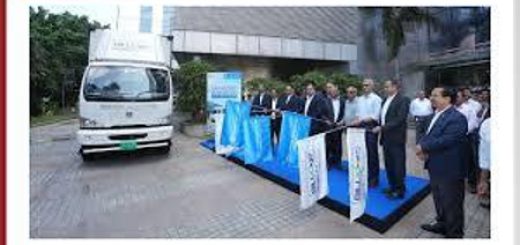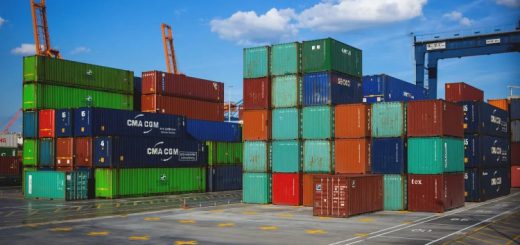Elevating Rail Freight: Strategic Initiatives for Market Share Growth and Infrastructural Advancement
India’s railways are on a remarkable growth trajectory, with freight performance reaching new heights. The sector has achieved remarkable milestones, including revenue of around Rs 2.56 lakh crores and rail freight loading surpassing the estimated 1580 million tonnes. This success can be attributed to the sustained excellence in operations, as evidenced by the streak of best-ever monthly freight loading, which began in September 2020 and continues unabated.
The impressive growth rate of 10% in the freight transport unit, Net Tonne Kilometer (NTKM), has significantly impacted the overall revenue growth of Indian Railways. These achievements are the result of comprehensive strategies aimed at overcoming challenges and achieving a significant leap in financial performance and operational efficiency.
However, despite these successes, Indian Railways faces certain identifiable infrastructural bottlenecks, such as outdated tracks, inadequate terminal facilities, and connectivity issues. These constraints impede efficiency and restrict the capacity of rail freight operations, undermining the competitiveness against other modes of transportation. Addressing these challenges is pivotal to enhancing the railway’s operational capabilities and fostering sustainable growth.
To address these challenges, Indian Railways has made substantial yearly advancements in capital expenditure (capex) projects in FY24, including network electrification, track commissioning, automatic signaling installation, and bridge construction. Investment in infrastructure is paramount, particularly in India, where logistics costs represent over 13% of GDP. High fuel prices, exacerbated by India’s status as a top crude importer, intensify the logistics burden, necessitating a shift towards rail transportation to reduce costs.
The development of Dedicated Freight Corridors (DFCs) is a promising initiative that segregates freight traffic from busy passenger routes, enabling faster heavy-haul train movement. Upon full operation, DFCs will enhance overall efficiency. Complementing these efforts are strategic initiatives like the Gati Shakti Master Plan and National Logistics Policy, which prioritize rail-centric multi-modal logistics, facilitating industrial linkages and enhancing supply chain efficiency.
India’s objective is to achieve efficiency gains, and cost reductions, and address the rising energy demand, all while promoting sustainability in logistics operations. Integrating rail freight with other modes of transportation like road and sea offers numerous benefits, as evidenced by India’s focus on the rail-sea-rail route for coal transport. This multimodal strategy not only reduces congestion and transport costs but also promotes environmental sustainability by minimizing the carbon footprint.
Also Read:- MSME Export Sector is Hit by Increasing Freight Charges and Extended Turnaround Times
With India’s railway sector undergoing rapid digitalization, marked by the fourth industrial revolution, Railway 4.0, the adoption of state-of-the-art technology such as the Internet of Things (IoT) in rolling stock operations and infrastructure management is revolutionizing the sector. From real-time train information systems to remote monitoring and management of locomotive systems, these innovations enhance operational efficiency and passenger experience.
Policy initiatives promote competition, transparency, and fair access to rail infrastructure, stimulating a more competitive market landscape crucial for enhancing rail freight share and fostering a conducive environment for industry growth. Streamlining processes such as land acquisition, environmental clearances, and freight tariff structures can incentivize private sector participation and investment in rail infrastructure.
The imperative to increase rail freight share in India is crucial for economic growth and addressing environmental concerns such as reducing carbon emissions and lowering logistics costs. By aligning with broader sustainability agendas, leveraging emerging technologies, and fostering seamless intermodal connectivity across the logistics chain, the railways can continue to play a central role in India’s journey towards a more efficient, cost-effective, and environmentally friendly transportation system.
Source By:- https://www.financialexpress.com/




Recent Comments